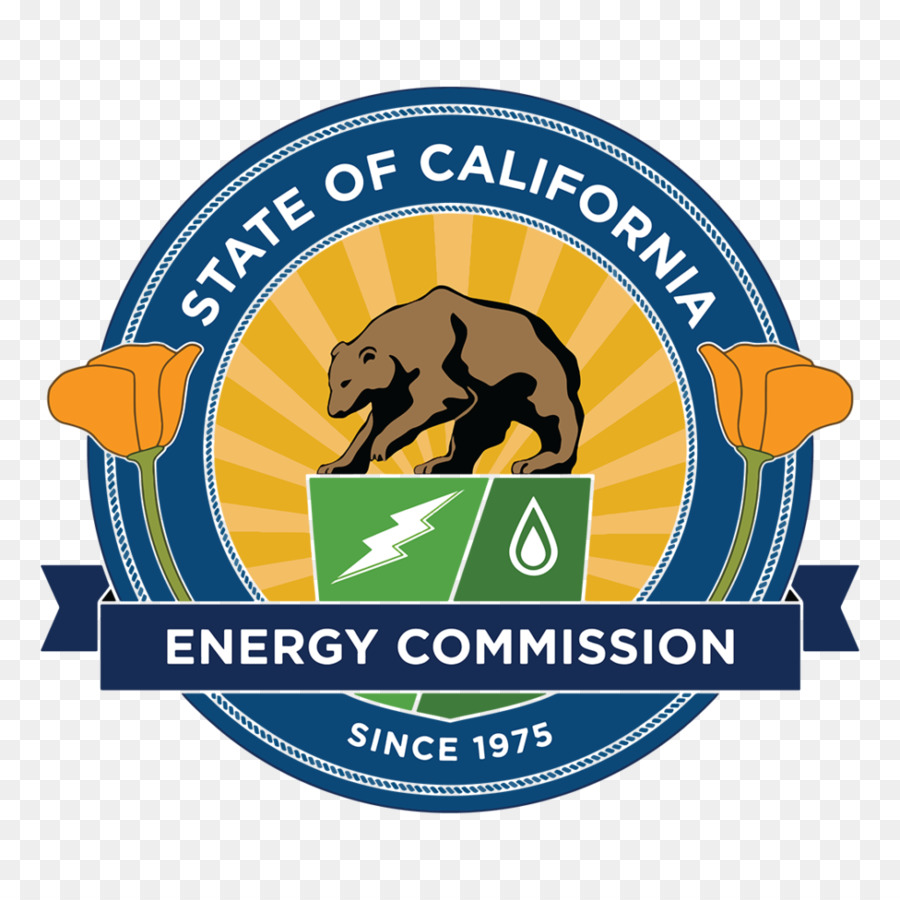Source: https://www.energy.ca.gov/news/2023-09/california-leaders-celebrate-surpassing-10000-fast-charger-goal
In Union City, California, state leaders celebrated a significant achievement by surpassing their target of installing 10,000 fast chargers for electric vehicles (EVs), achieving this milestone more than a year ahead of schedule.
The celebratory event took place in the parking lot of the El Mercado Plaza Shopping Center in Union City, where new EVgo direct current fast chargers were recently installed, funded by the state. These chargers played a crucial role in reaching the goal initially set by former Governor Jerry Brown in 2018. Since then, the number of fast chargers installed has grown substantially, increasing from 2,657 to over 10,000 today.
Key figures, including California Energy Commission (CEC) Commissioner Patty Monahan, emphasized the significance of this achievement and its role in advancing electric transportation. They acknowledged that automakers are increasingly providing electric vehicles, and now the focus is on ensuring there is adequate charging infrastructure to meet the rising demand.
The event was attended by various government officials and clean energy leaders, including California State Assemblymember Liz Ortega, California State Senator Aisha Wahab’s District Director Astrid Scott, Union City Mayor Carol Dutra-Vernaci, Chair Liane M. Randolph of the California Air Resources Board, and representatives from the Governor’s Office of Business and Economic Development, EVgo, and other organizations supporting electric transportation.
The importance of making EV infrastructure accessible to all Californian communities was highlighted, emphasizing the goal of enabling all residents to experience zero-emission transportation.
Fast chargers, which can recharge all-battery EVs to 80 percent capacity in about 30 minutes, are strategically located along interstates and highways, facilitating convenient travel across the state for EV owners.
The CEC, the lead state agency for EV infrastructure investment, aims to support plug-in hybrid electric and battery electric vehicles. This extensive network of chargers is a critical component in California’s plan to phase out the sale of gasoline-powered vehicles by 2035.
Through the Clean Transportation Program, the CEC invests in projects that promote innovation and accelerate the development and deployment of advanced transportation and fuel technologies. Recent legislation passed in support of this program ensures continued funding for another decade.
California’s commitment to zero-emission vehicles is reflected in its substantial investments in infrastructure, notably through initiatives like the California Electric Vehicle Infrastructure Project (CALeVIP), the largest EV charging incentive initiative in the country. CALeVIP addresses the charging station needs of local and regional communities and contributes to achieving the state’s zero-emission vehicle goals.
CALeVIP has allocated over $223 million since 2017 to fund publicly accessible Level 2 and DC fast chargers throughout California, including those showcased at the El Mercado Plaza Shopping Center.
California, a leader in climate action and environmental initiatives, is also making significant strides in job creation and sustainable economic development through its commitment to electric vehicles and charging infrastructure.
The second phase of CALeVIP’s Golden State Priority project recently launched with $38 million allocated for equity-focused incentives to support publicly accessible EV charging stations in low-income and disadvantaged communities across 28 counties in northern and southern California. This initiative aims to make electric vehicles accessible to families previously unable to afford them and addresses climate change impacts on working families.
Investments like CALeVIP are creating a network of conveniently located fast chargers, establishing the largest publicly accessible charging station network in the United States. This network enables EV drivers to travel freely throughout California and plays a crucial role in advancing electric vehicle adoption.




